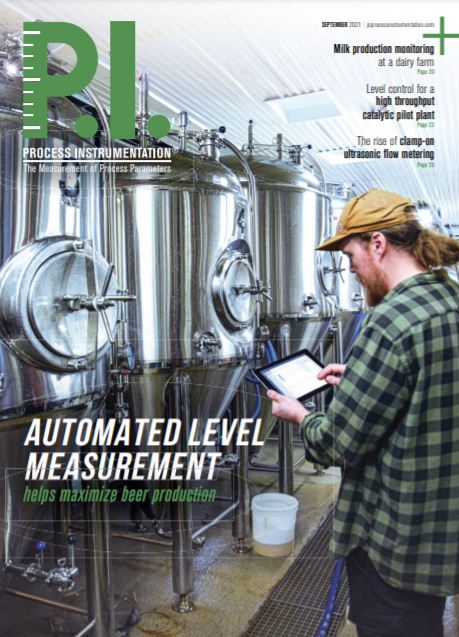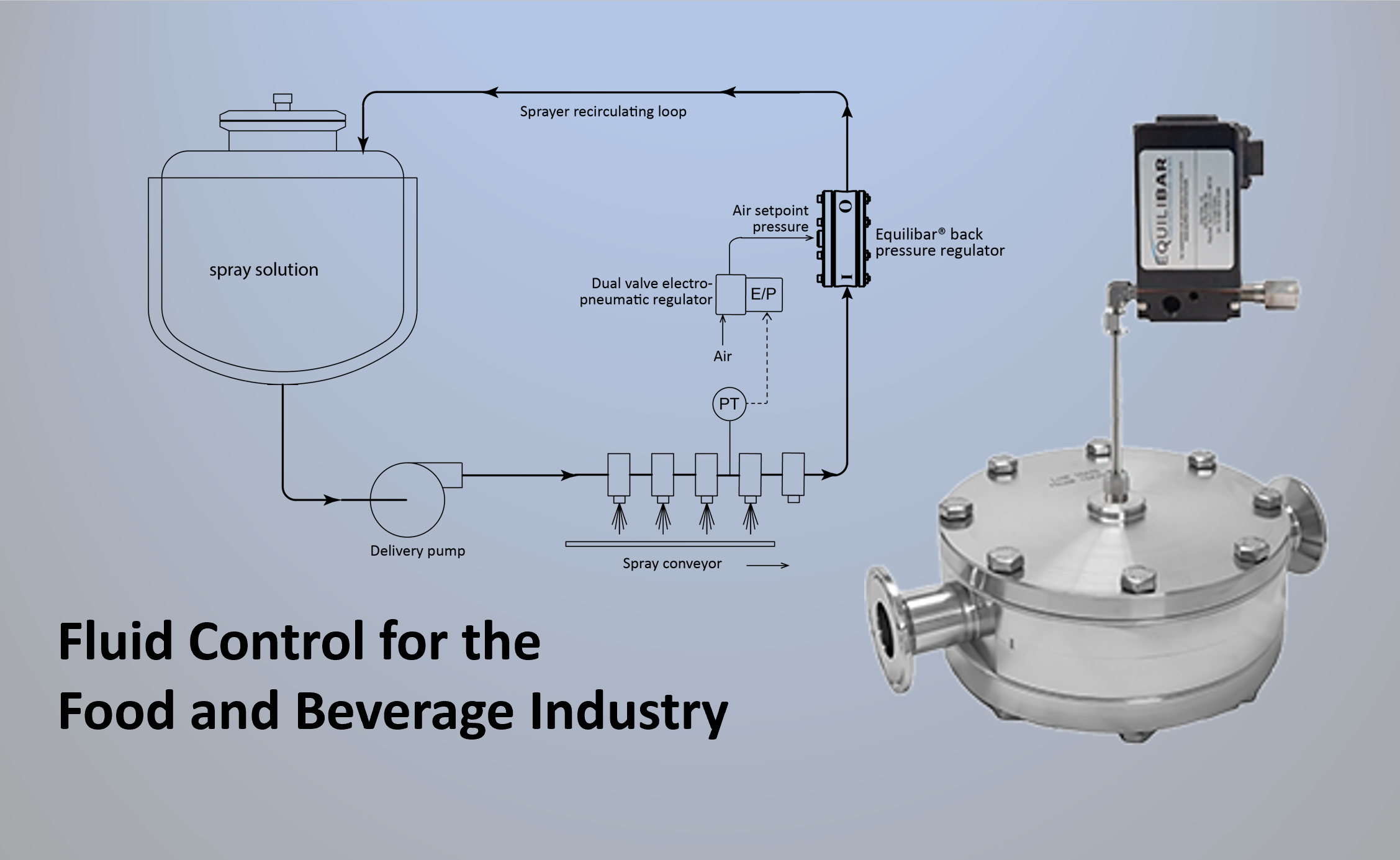An intriguing case study focusing on a novel method of level control was published in the September 2021 issue of Process Instrumentation Magazine. Co-authored by Jeff Jennings of Equilibar and Armand Bergsma of Pressure Control Solutions, the article explains how direct-sealing diaphragm back pressure regulators can address multiple challenges that high throughput applications often encounter.
High throughput experiments are used for catalyst research by the oil and gas industry as well as by researchers investigating alternative fuels and other areas of inquiry. While these types of experiments offer an effective means to test and understand a wide range of variables, the multi-channel pilot plants designed for this purpose can be quite complex. Process control of pressure, temperature, flow rate and level are key elements in these systems.
In the Process Instrumentation case study, a pilot plant’s extremely wide flow rate ranges were combined with wide viscosity ranges. As a result, traditional methods of level control for high throughput experiments were not adequate.
Each of the 12 reactors in the pilot plant had a distinct low pressure stripping column downstream of the reactor to perform gas/liquid separation just prior to sampling. Stable pressure in the column was needed so that certain volatile species would remain in the liquid sample rather than flash to the gas stream. Maintaining a steady state level control in the separator vessel was essential to avoid pressure disruptions.
In many similar pilot plants, this stripper column level is controlled with a metering valve in series or with an on/off valve; however, when flow rate, pressure or viscosity changes are involved, the process becomes more complicated, often requiring human intervention to adjust the opening of the valve. This particular pilot plant system included both an extremely wide flow rate range as well as a wide viscosity range, thus requiring an operator’s time and attention.
In an earlier article for Flow Control Magazine, Jeff wrote about how the interaction of flow and pressure control can often present unexpected and exciting opportunities to explore innovative methods to control other variables, including temperature, pH, and level. This case study on level control for high throughput experiments offers a good example of the concept, showing how a dome-loaded direct sealing back pressure regulator is able to offer much improved level control compared to traditional methods.
Read the case study for more information, and as always, feel free to contact our application engineers with questions about your process challenges.



